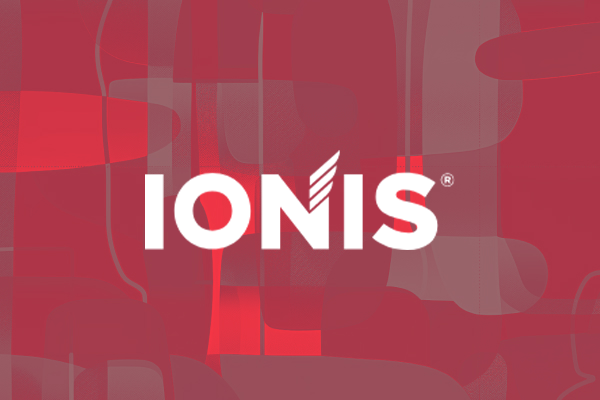August 6, 2025

Want to de-risk QT liability faster and smarter?
See how Certara experts are replacing costly TQT studies with model-based strategies that save time and strengthen regulatory confidence.
Frequently Asked Questions
What is C-QTc analysis?
C-QTc analysis, short for concentration-QTc analysis, is a model-based approach that evaluates the relationship between a drug’s plasma concentration and its effect on the QT interval of the heart. It integrates pharmacokinetic (PK) and electrocardiogram (ECG) data to assess cardiac safety without requiring a standalone TQT study.
What’s the difference between QT and QTc?
The QT interval measures the time it takes for the heart to repolarize after each beat. QTc refers to the QT interval corrected for heart rate, as heart rate fluctuations can affect raw QT values. QTc is the regulatory standard for evaluating drug-induced cardiac risk.
What is a TQT study and why is it being replaced?
A Thorough QT (TQT) study is a dedicated clinical trial historically used to assess a drug’s QT prolongation potential. These trials are expensive and time-consuming. Regulatory agencies now accept model-based concentration-QTc analysis using data from existing studies, which can replace the need for a dedicated TQT study under the ICH E14 guidance.
How does C-QTc analysis help replace TQT studies?
C-QTc analysis uses data from early-phase clinical trials to model the QT effect of a drug, including at therapeutic and supratherapeutic concentrations. If the model demonstrates no significant QTc prolongation, regulators may grant a TQT waiver, eliminating the need for a standalone TQT study.
What regulatory guidance supports the use of C-QTc analysis?
The ICH E14 guidance (and its Q&A updates) supports the use of model-based approaches—including concentration-QTc modeling—for QT assessment. Pathways like the 5.1 Waiver and 6.1 Substitution provide clear mechanisms for using this approach to satisfy regulatory requirements.
Who benefits most from C-QTc analysis?
Any drug developer looking to reduce costs, shorten timelines, and manage cardiovascular safety risks benefits from this approach. It is particularly valuable in oncology, rare diseases, or when high exposures cannot be safely achieved in healthy volunteers.

Marketing Director, Quantitative Science Services
With over 22 years of experience in hospitals, health systems, associations, life sciences, physician practices, and suppliers, Erika is an experienced marketing strategist and supports the Quantitative Science Services offering with Go-to market planning and execution.
Contact our pharmacometrics team





